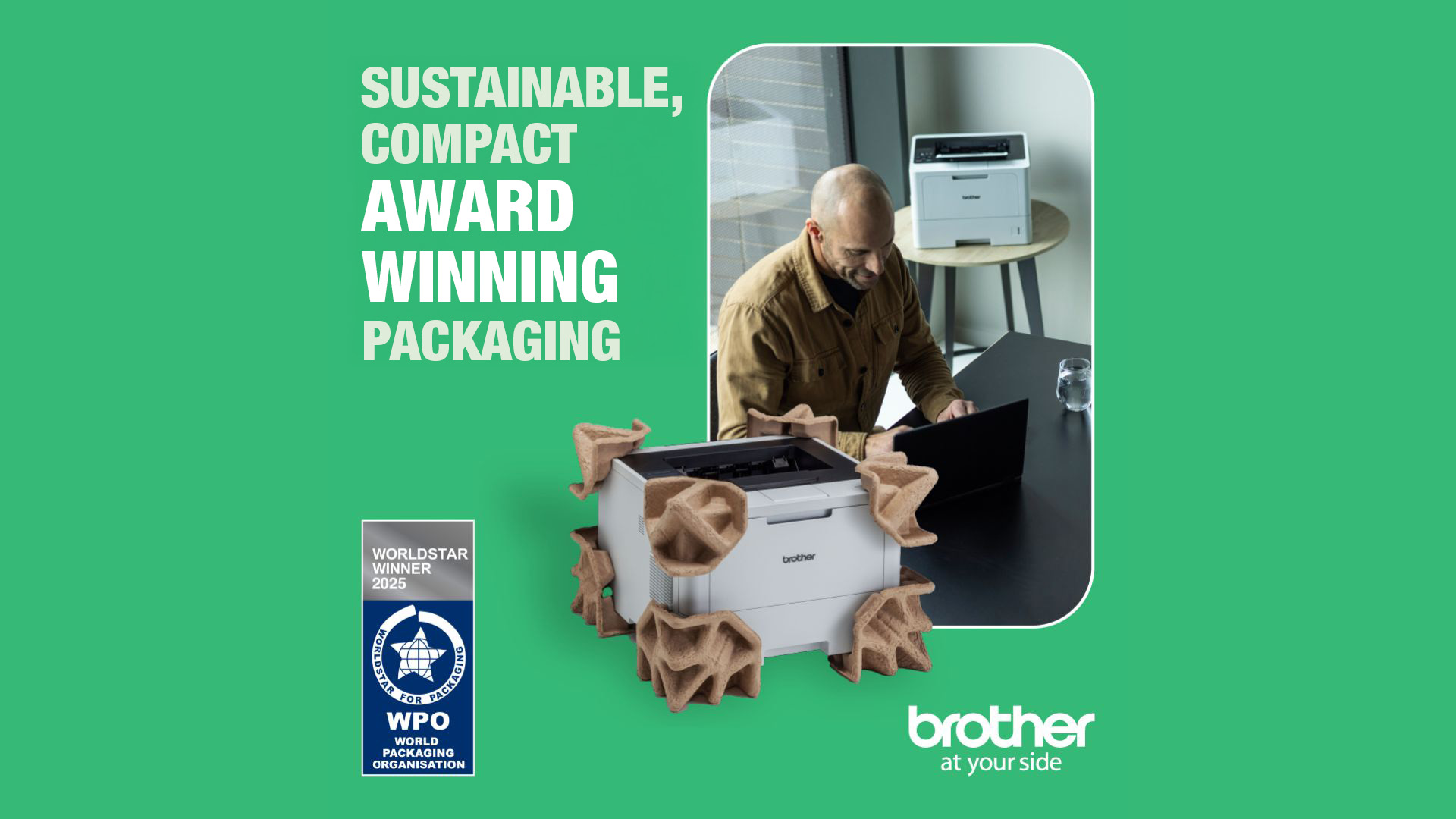When Manuel Efaraimo first joined Brother, it was simply to earn some money while on a study break from Victoria University, chasing his bigger dream of becoming a professional rugby player. On his...

Latest News
Discover the latest stories, press releases and product updates from Brother New Zealand.


